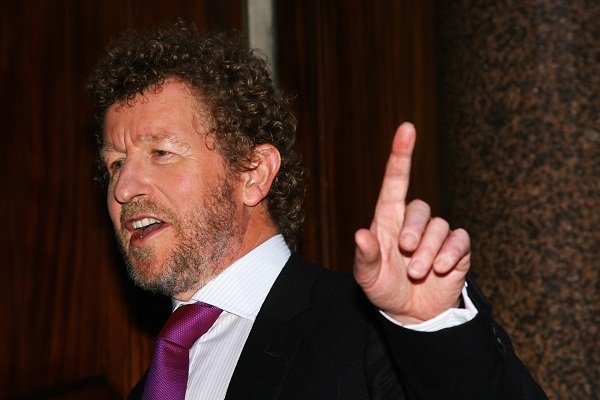In a promotional video clip, Sebastian Faulks describes his new novel, A Possible Life, as like ‘a symphony in five movements… or an album in which the tracks are separate but the whole thing adds up to more than the sum of its parts.’ The idea of the musical novel – held together by themes, motifs and echoes rather than a linear plot – has been discussed or attempted by authors from Flaubert to Kundera. So what has Faulks, with his bestseller know-how, brought to this fragile form?
We are given five separate stories with a large historical and geographical range. Their centres include Geoffrey Talbot, a prep-school languages master turned spy in the Second World War who is captured and made to work in a concentration camp; Billy Webb, a workhouse boy in Victorian London who becomes a sort of property developer; Elena Duranti, a neuroscientist in futuristic Italy who discovers the part of the brain responsible for human consciousness; Jeanne, a housekeeper in Napoleonic France who undergoes a religious experience, and finally the joint story of two musicians in 70s America: Anya King and Jack Wyatt.
Faulks’s prose here is sparer than usual while retaining its fluency and lightness of touch.

Get Britain's best politics newsletters
Register to get The Spectator's insight and opinion straight to your inbox. You can then read two free articles each week.
Already a subscriber? Log in







Comments
Join the debate for just £1 a month
Be part of the conversation with other Spectator readers by getting your first three months for £3.
UNLOCK ACCESS Just £1 a monthAlready a subscriber? Log in